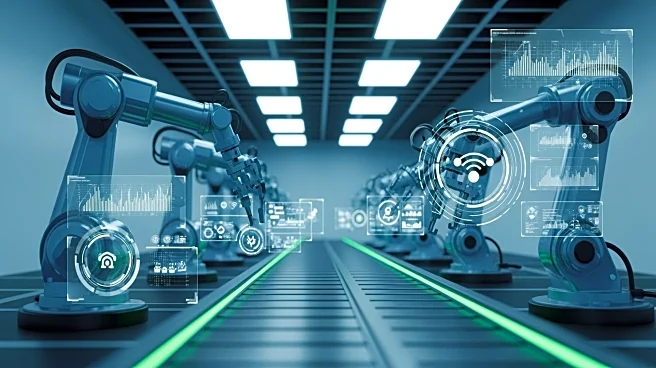What's Happening?
Digital transformation in enterprises is being examined through the Job Demands-Resources (JD-R) model, highlighting its dual impact on employees. While digital technologies enhance job autonomy and access
to information, they also increase job demands, leading to stress and burnout. The JD-R model provides a framework to understand how digital transformation affects employee motivation and well-being. It emphasizes the balance between job demands and resources, suggesting that while digital technologies can improve efficiency, they also pose challenges that need to be managed.
Why It's Important?
The study of digital transformation's impact on employees is crucial as businesses increasingly adopt digital technologies. Understanding the balance between job demands and resources can help organizations create supportive environments that enhance employee well-being and productivity. This research highlights the need for companies to address the potential negative effects of digital transformation, such as stress and burnout, while leveraging its benefits. By doing so, businesses can foster a more resilient and motivated workforce.
What's Next?
Organizations are likely to continue exploring ways to optimize digital transformation, focusing on enhancing job resources and reducing demands. This may involve implementing training programs, providing psychological support, and fostering a culture of adaptability. As digital transformation progresses, companies will need to monitor its impact on employees and adjust strategies accordingly.
Beyond the Headlines
The dual impact of digital transformation reflects broader challenges in the modern workplace, where technology can both empower and overwhelm employees. Addressing these challenges is essential for creating sustainable and healthy work environments.











